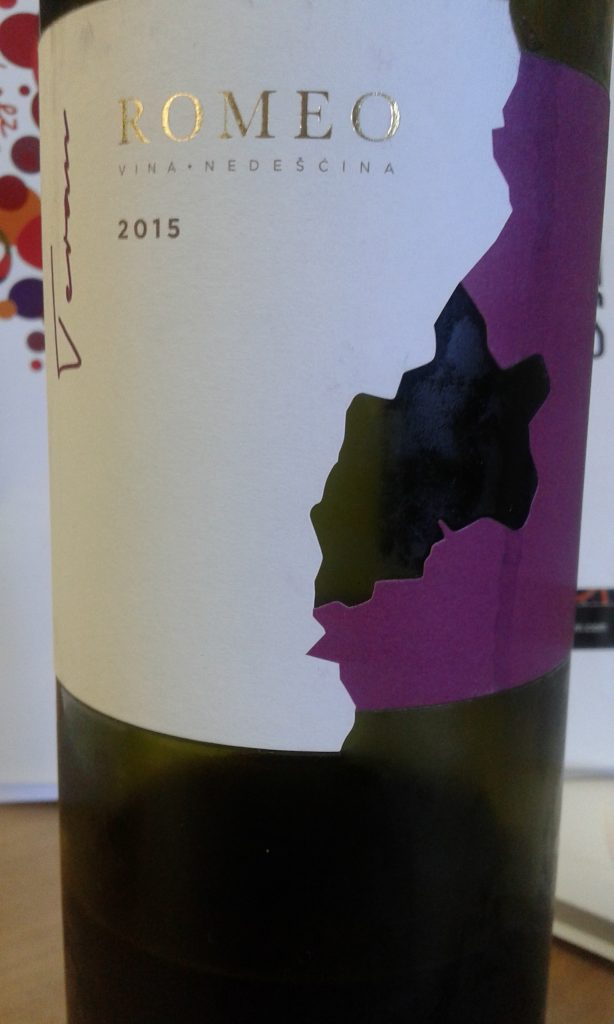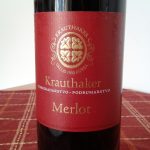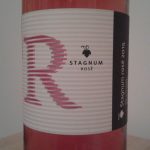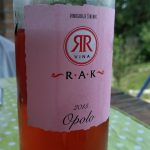Price: 60 kn
2015 was an excellent vintage for the Istrian teran, refosco and in my opinion red wines in general. Consternation surrounding the new Decanter champion adds additional entertainment to those that are following the wine market. On that note, I’m very glad that an Istrian red got such high marks from the reviewers. I can’t remember any previous occasion when a similar wine got a rating so high. My opinions of such reviews notwithstanding, but that result for a wonderful one, however, not the one I’d call “a big wine”, makes me happy. Ha, ha… According to those trends, I wonder if our local “masters of superficiality” will soon be giving higher ratings to fruity young zweigelt from Zelina than to the syrupy parquet of the royalist Dingač?
And regarding the price increase, Veralda’s Istrian is nominated in the 15+ GBP price range, obviously aiming for the foreign market.
And, unbelievable as it is, the champion is a wine from the Istrian soil, made by a slovenian oenologist. Named in a way that avoids the conflict between teran and Teran, and forces me to finally start writing varieties correctly, without the capital letter
However, since we won’t be seeing the large quantities of Istrian here at home, and the price is “European” anyway now, I openly root that our wine-makers and distributors taking advantage of the momentum and offer on our market their “Istrians”. That market is now willing to taste the red Istria with more focus, because if the experts of the world recognize and respect it, why would only a few of us teran-freaks enjoy it at home.
So, eastern Istria becomes one of my favorites. One of the few wine-makers from the eastern Istria (on the market of bottled wines) – Romeo Licul is not an unknown name, but only recently, on a presentation in Zagreb’s Red Red Wine bar did I have a chance to taste his wines. First of all, this Teran that is markedly rustic in a way that works for me in a teran. Like something that is “home-made”, but is still very good.
Excellent grapes of the year 2015 can still be clearly tasted in the glass. You can literally taste the ripeness of the seed and the aromatic membrane, all maintained in the very friuty extract.
Meaty body in a large sip is kept together by acids and leathery tannin, although I would prefer if it was less soft in the pre-lactic acids. It is said to be dry, with 13% alcohol content, while in fact it’s very wet 
Original article in Croatian here.












